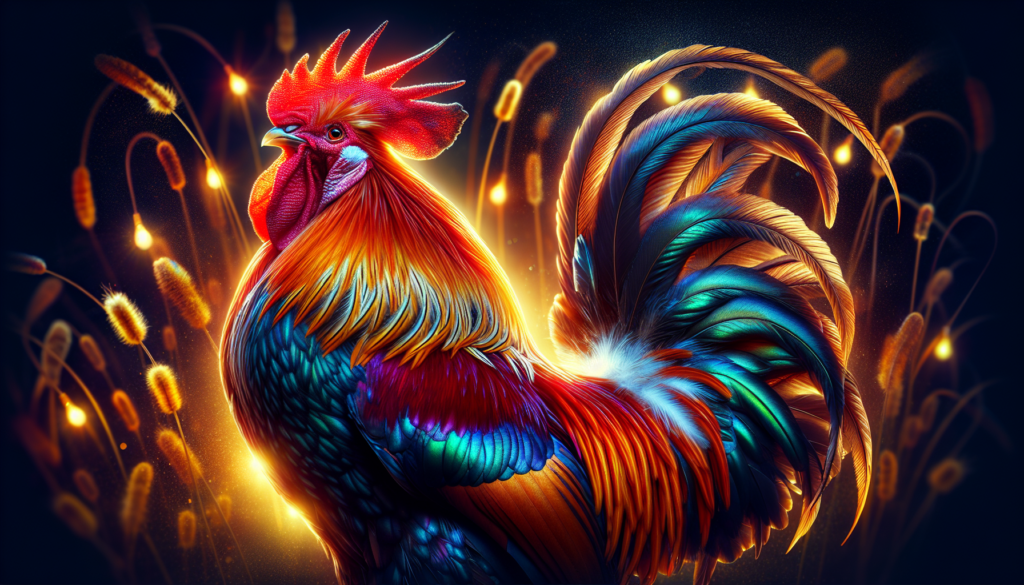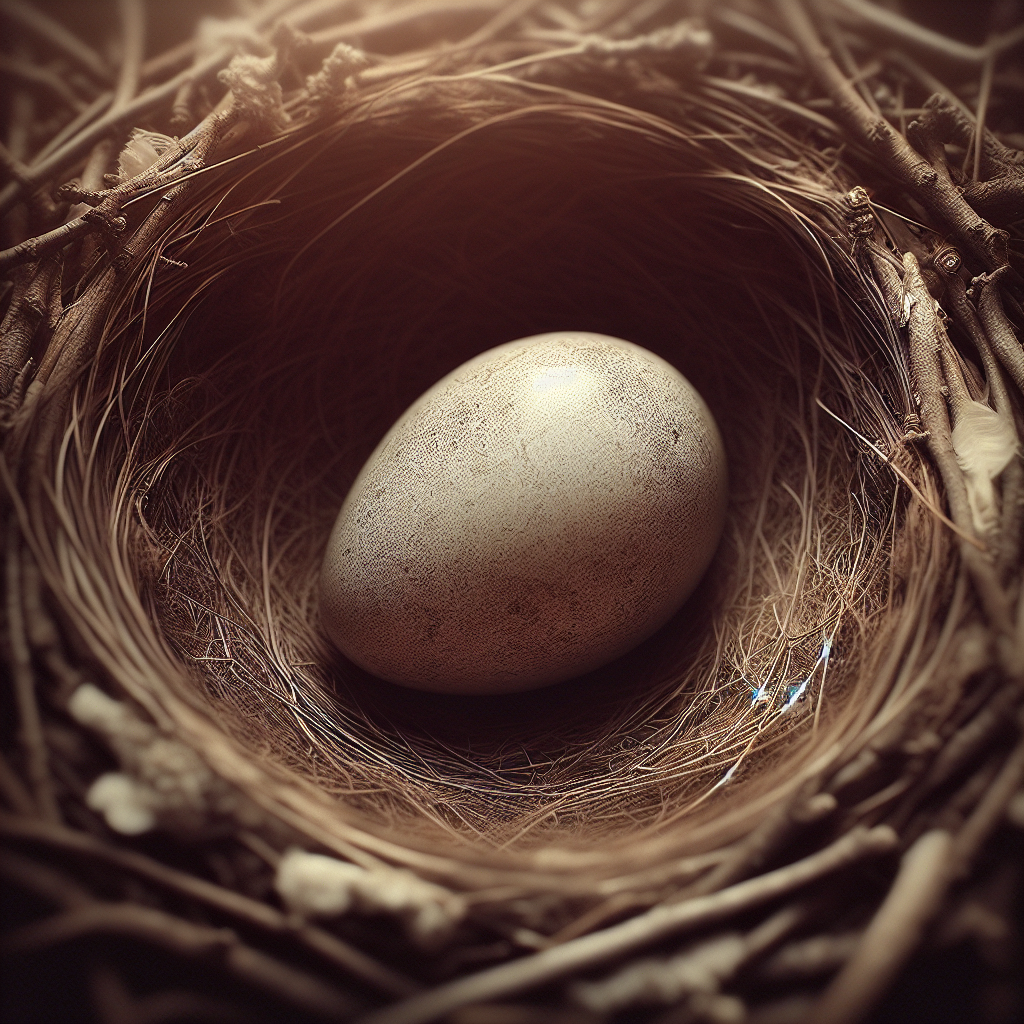If you’re thinking about starting a breeding setup, you might be wondering what equipment or tools you’ll need to ensure success. Whether you’re planning to breed animals, plants, or even insects, having the right supplies can make all the difference. From specialized heating systems and incubators to quality breeding tanks and controlled lighting, there are various essential tools that can help create the optimal conditions for a successful breeding program. In this article, we will explore some of the key equipment necessary for a thriving breeding setup, providing you with the knowledge you need to set yourself up for success.
I. Enclosures for Breeding Setup
A. Appropriate Sized Tanks or Cages
One of the most essential components of a successful breeding setup is having appropriate sized tanks or cages for your animals. It is important to provide enough space for your breeding pairs, ensuring they have room to move around comfortably. The size of the enclosure will depend on the species you are breeding, as different animals have different spatial requirements. Research the specific needs of your breed and choose enclosures that are suitable for their size.
B. Nesting Boxes or Hides
In order to create a suitable breeding environment, it is crucial to provide nesting boxes or hides for your breeding animals. These structures serve as private and secure spaces for them to lay their eggs or give birth. The nesting boxes or hides should be appropriately sized and designed to mimic natural environments, providing a comfortable and safe spot for breeding pairs. Make sure to regularly clean and maintain these boxes to ensure hygienic conditions for your animals.
C. Temperature and Humidity Control Devices
Maintaining the optimal temperature and humidity levels is critical for successful breeding. Investing in temperature and humidity control devices will allow you to create and regulate the ideal breeding conditions in the enclosures. Depending on the species, you may require heaters, coolers, thermostats, or humidifiers to achieve the desired environmental conditions. It is vital to monitor these parameters closely and adjust as needed to ensure the health and well-being of your breeding pairs.
II. Lighting and Heating Equipment
A. Full-Spectrum Lighting
Proper lighting is essential for the overall health and breeding success of your animals. Full-spectrum lighting, mimicking natural sunlight, provides a balanced spectrum of light and promotes the production of essential vitamins and hormones. This type of lighting helps regulate circadian rhythms and promotes reproductive behaviors. Install full-spectrum bulbs or UVB lights in the enclosures to ensure your breeding pairs receive adequate lighting for their well-being and breeding activities.
B. Heat Sources
Maintaining the appropriate temperature is crucial for successful breeding. Utilizing heat sources such as heat mats, heat lamps, or radiant heat panels will help create the necessary warmth for your breeding pairs. Different animals have specific temperature requirements, so it is crucial to research and provide the correct heating equipment accordingly. Place the heat sources strategically within the enclosures to create thermal gradients, allowing your animals to choose their preferred temperature zones for breeding and overall comfort.
III. Monitoring and Control Systems
A. Thermometers and Hygrometers
Accurate monitoring of temperature and humidity levels is essential for breeding success. Thermometers and hygrometers are indispensable tools to measure and maintain these parameters within the desired ranges. Place multiple thermometers and hygrometers strategically throughout the enclosures to ensure accurate readings. Regularly check and calibrate these devices to ensure their accuracy and responsiveness. By consistently monitoring temperature and humidity levels, you can promptly make adjustments when necessary, creating optimal breeding conditions.
B. Timers and Controllers
Efficient control systems play a crucial role in maintaining appropriate breeding conditions. Timers and controllers enable automatic control of lighting, heating, and humidity devices, making it easier to regulate and adjust environmental parameters. These systems allow you to set specific schedules for lighting cycles, temperature fluctuations, and humidity adjustments. Investing in reliable timers and controllers will reduce manual labor and ensure consistent, optimal breeding conditions for your animals.
IV. Ventilation and Air Circulation
A. Ventilation Fans
Proper ventilation and air circulation are essential for maintaining fresh and clean air within the breeding enclosures. Ventilation fans help remove stagnant air, humidity, and odors, promoting a healthy breeding environment. Install fans strategically to create a gentle and continuous airflow without causing excessive drafts. Regularly clean and maintain the fans to prevent dust buildup and ensure their optimal function. Adequate ventilation will not only enhance the breeding success but also contribute to the overall health and well-being of your animals.
B. Air Purifiers
In addition to ventilation fans, air purifiers can further enhance air quality within the breeding setup. Air purifiers help remove dust, allergens, and other airborne particles, ensuring a cleaner and healthier breeding environment. Look for air purifiers with appropriate filtration systems, including HEPA filters, to effectively capture and eliminate impurities. Regularly clean and replace filters as per the manufacturer’s instructions to maintain the efficiency and effectiveness of the air purifiers.
V. Substrate and Nesting Materials
A. Substrate for Enclosures
Choosing the right substrate for your breeding enclosures is crucial for the comfort and health of your animals. Different species have specific substrate requirements, such as sand, soil, bark, or moss. Research the natural habitat and behavior of your breeding animals to determine the most appropriate substrate. The substrate should be safe, non-toxic, and easy to clean or replace. Provide a suitable depth and ensure proper drainage to prevent excess moisture accumulation. Regularly monitor and maintain the substrate cleanliness to prevent health issues and create a conducive breeding environment.
B. Nesting Materials for Breeding
To encourage successful breeding and nesting behaviors, it is crucial to provide appropriate nesting materials within the enclosures. Depending on the species, nesting materials can include shredded paper, coconut fiber, moss, or twigs. These materials simulate natural nesting environments and provide breeding pairs the opportunity to build nests or burrows. Ensure a sufficient and accessible supply of nesting materials, allowing your animals to create comfortable and secure breeding spaces. Regularly inspect and replace the nesting materials to maintain hygiene and reduce the risk of contamination.
VI. Food and Water Supplies
A. Quality Feeder Insects and Food
Providing high-quality feeder insects and food is essential for the health and nutrition of your breeding animals. Research the dietary requirements of your species and offer a diverse and balanced diet that meets their nutritional needs. Ensure the feeder insects are gut-loaded and dusted with appropriate supplements before feeding them to your animals. Fresh fruits, vegetables, and commercially available food specific to your breed’s dietary needs should be offered regularly. Regularly monitor and adjust the feeding regimen based on the breeding activity and dietary preferences of your animals.
B. Water Dishes or Watering Systems
A reliable and accessible water source is crucial for the well-being and breeding success of your animals. Provide water dishes or implement watering systems within the enclosures, ensuring a continuous supply of fresh and clean water. Regularly clean and refill the water dishes to maintain optimal hygiene. For certain species that require higher humidity, misting systems or humidity chambers can be utilized to provide adequate moisture. Ensure the water source is easily accessible and regularly monitored to prevent dehydration and support successful breeding.
VII. Cleaning and Maintenance Tools
A. Cleaning Supplies
Maintaining a clean and hygienic breeding setup is vital for the health and well-being of your animals. Ensure you have the necessary cleaning supplies, including disinfectants, brushes, dustpans, gloves, and suitable waste disposal containers. Regularly clean the enclosures, remove waste, and sanitize surfaces to prevent the buildup of pathogens or parasites. Develop a cleaning routine and follow proper cleaning protocols to maintain a healthy breeding environment for your animals.
B. Maintenance Tools
Regular maintenance of the breeding setup is essential to ensure its optimal functioning and prolong its lifespan. Keep essential maintenance tools handy, such as screwdrivers, wrenches, wire cutters, and silicone sealants. These tools allow you to repair or replace any faulty or worn-out equipment promptly. Conduct regular inspections and maintenance checks to identify and address any issues proactively. By maintaining your equipment, you can ensure a safe and reliable breeding environment for your animals.
VIII. Quarantine and Health Management Equipment
A. Isolation Enclosures
Implementing quarantine protocols is crucial to prevent the spread of diseases within your breeding setup. Isolation enclosures provide a separate and controlled space to observe and monitor newly acquired animals or those showing signs of illness. These enclosures should be equipped with appropriate heating, lighting, and ventilation systems to provide a suitable temporary habitat. Regularly clean and disinfect these enclosures between uses to prevent the transmission of diseases.
B. Quarantine Tank or Setup
A quarantine tank or setup is essential for aquatic or semi-aquatic species that require separate quarantine procedures. This tank should have its filtration system and appropriate water parameters to ensure the health and isolation of the quarantined animals. Acclimate new aquatic animals gradually to the main setup after they have successfully completed the quarantine period and tests for any potential health risks.
C. Health Monitoring Tools
Regular health monitoring is vital for identifying and addressing any health issues promptly. Keep essential health monitoring tools, such as scales, magnifying glasses, and examination kits, readily available. Regularly assess your animals’ physical appearance, behavior, and appetite. Conduct routine health checks and seek veterinary advice if any abnormalities or concerns arise. Early detection and intervention can significantly contribute to the overall breeding success and well-being of your animals.
IX. Incubators and Hatching Equipment
A. Incubators with Temperature and Humidity Control
For species that lay eggs, having reliable incubators with precise temperature and humidity control is essential for successful hatching. Choose an incubator that meets the specific requirements of your breeding species and their eggs. Ensure the incubator has consistent heat and humidity distribution, as well as features to prevent excessive condensation or dehydration. Regularly monitor and adjust the settings within the incubator to create optimal conditions for successful hatching.
B. Hatching Containers or Trays
Hatching containers or trays provide a safe and controlled environment for hatchlings after they emerge from their eggs. These containers should be appropriately sized and have suitable substrate or nesting materials for the specific breed. Monitor and maintain the conditions within the hatching containers, ensuring proper temperature, humidity, and cleanliness. Keep the hatchlings under observation until they are strong enough to be transferred to their dedicated enclosures.
X. Recording and Tracking Tools
A. Breeding Records
Maintaining detailed breeding records is essential for tracking the progress and success of your breeding endeavors. Establish a system to record important information such as pairing dates, breeding behaviors, egg-laying, incubation periods, and hatchling details. Include any relevant observations, changes in environmental conditions, or health-related records. These records will help you analyze patterns, identify factors that contribute to breeding success or challenges, and make informed decisions for future breeding endeavors.
B. Egg or Hatchling Tracking Systems
When breeding animals that produce a significant number of eggs or hatchlings, having a tracking system is beneficial for organization and monitoring purposes. Use labeling systems, databases, or spreadsheets to track individual eggs or hatchlings, including their lineage, date of birth, genetic information, and any distinguishing characteristics. This tracking system simplifies identification, allows for efficient monitoring of individual growth and development, and aids in maintaining accurate breeding records.
In conclusion, creating a successful breeding setup requires careful consideration and investment in various equipment and tools. From providing appropriate enclosures and lighting to maintaining optimal temperature, humidity, and ventilation conditions, each aspect plays an essential role in the breeding success. Regular monitoring, cleaning, and maintenance, along with the use of quarantine and health management equipment, ensure the well-being and health of your breeding pairs. Lastly, having reliable incubators, hatching equipment, and efficient recording and tracking tools enable you to achieve and track breeding success, allowing for informed decision-making and improvements in future breeding endeavors.




